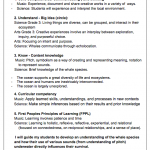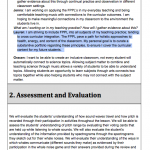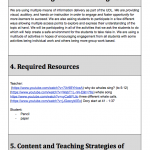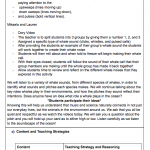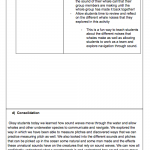practicing First peoples Principles of Learning
Integrating First Peoples Principles of Learning is not just a practice I am learning, but a starting point for me as a future educator in School District 27. Teaching elementary school in the community Orange Shirt Day was born, I cannot help but fully embrace the potential my teaching role has to offer to young indigenous students, and non indigenous students alike.
In the lesson plan, I stated my intention as:
Lauren: I am striving to include FPPL into all subjects of my teaching practice; tending to cross curricular integration. The FPPL pave a path for holistic approaches to health, energy, and content of the classroom. My personal goal is to curate a substantive portfolio regarding these principles, to ensure I cover the curricular content for my future students.
Our lesson plan was intended to provide visual, auditory, and hands-on instruction to foster engagement and provide the opportunity for diverse groups of learners to succeed.
We intentionally played whale noises as the students walked in, as a way to set the tone of the lesson, as an attention grabber, and a way to build a safe classroom community. I have learned in past experience that incorporating a different element, sometimes as discrete as background noise, will act as a buffer (not the teacher) to distract students getting off-task once entering. A buffer that isn’t the teacher itself has proved to me to be extremely important, as talking over the students to grab their attention doesn’t always work (for its purpose and for student-teacher relationships). Incorporating an auditory element of surprise also builds community, and offers all students to be confused together! What fun! Our group was sure to play the same noises once more, adding visuals the second time around to give the noises context. Furthermore, we allowed students to engage with sound represented visually as a volume, by teaching them how to draw a spectogram. Providing hands-on experience is important to learning holistically.
FPPL IN ACTION
If any of you have time to watch the video I have embedded above,please give it a watch. A local elder in my community back home has been teaching the art of hoop dancing to students, and bringing traditional music into our school district’s gym time.
Hoop dancing is an ancient healing dance in which you dance for the four seasons, the four colours, the four directions. The hoop dance is for everyone to enjoy no matter your heritage or culture. It has been introduced in almost every school in School District 27 as a way of embracing First Nations culture. The music they dance to is traditional, and only played by local first peoples. For this reason, networking within the first nations community is almost crucial for teachers who want to lend this experience to their students. Hoop dancing is an awesome example of how we can include holistic approaches to healing, health, and positive energy in the classroom. Hoop dancing is about enjoying your time and having fun, and although the dance is complicated, positivity is much more appreciated than meeting each intricate step on the exact beat!
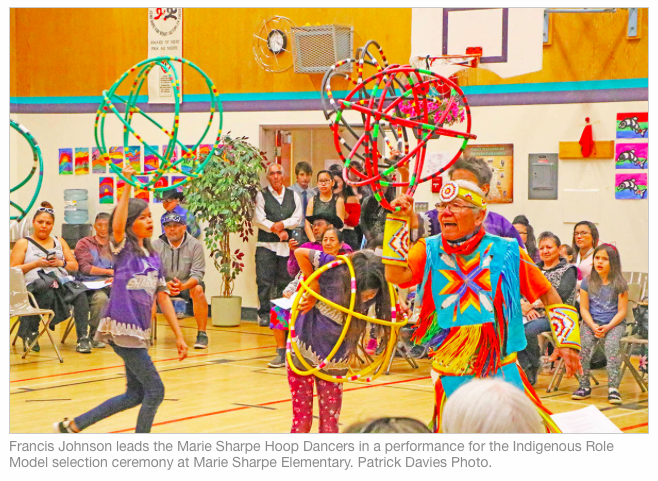
https://www.wltribune.com/community/sd27-selects-2019s-first-nations-role-models/


